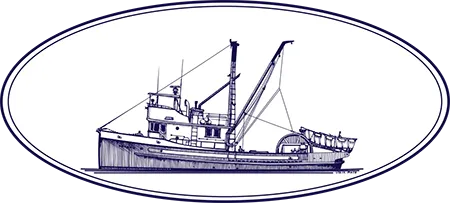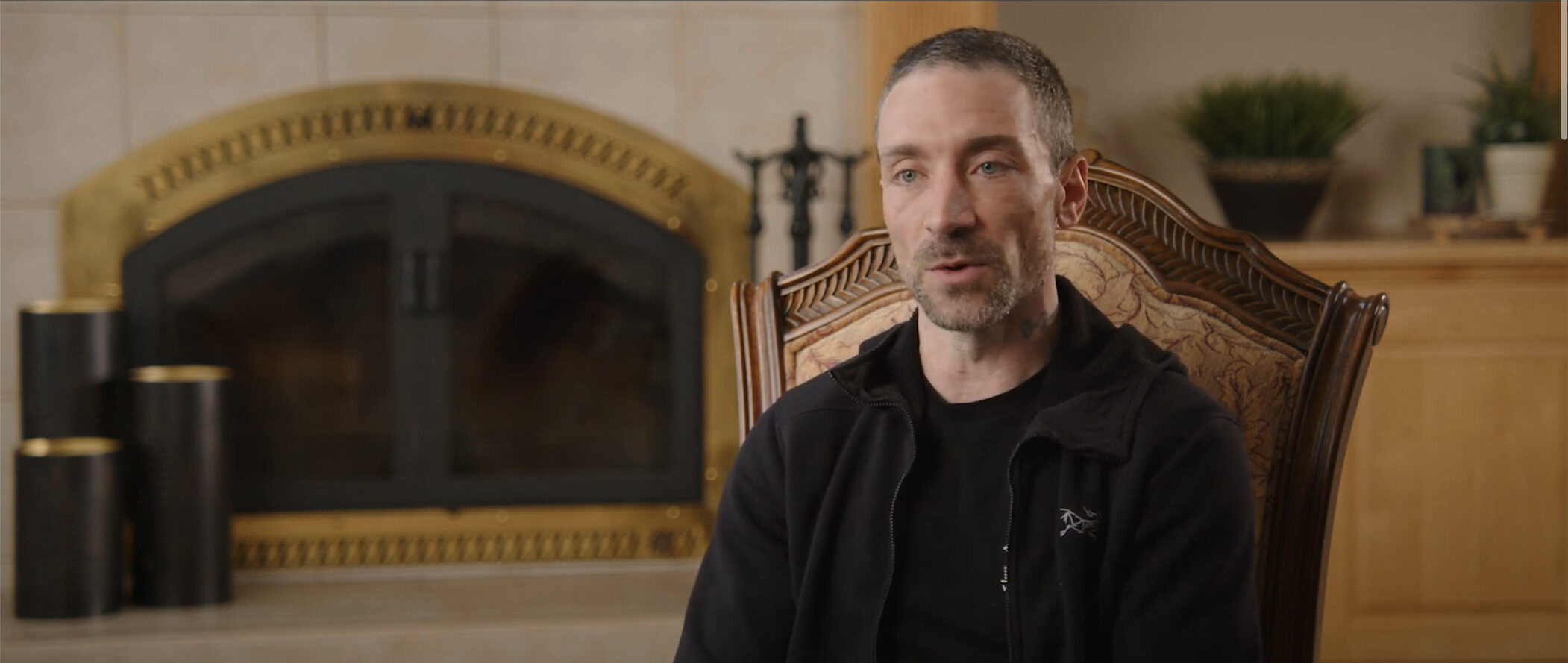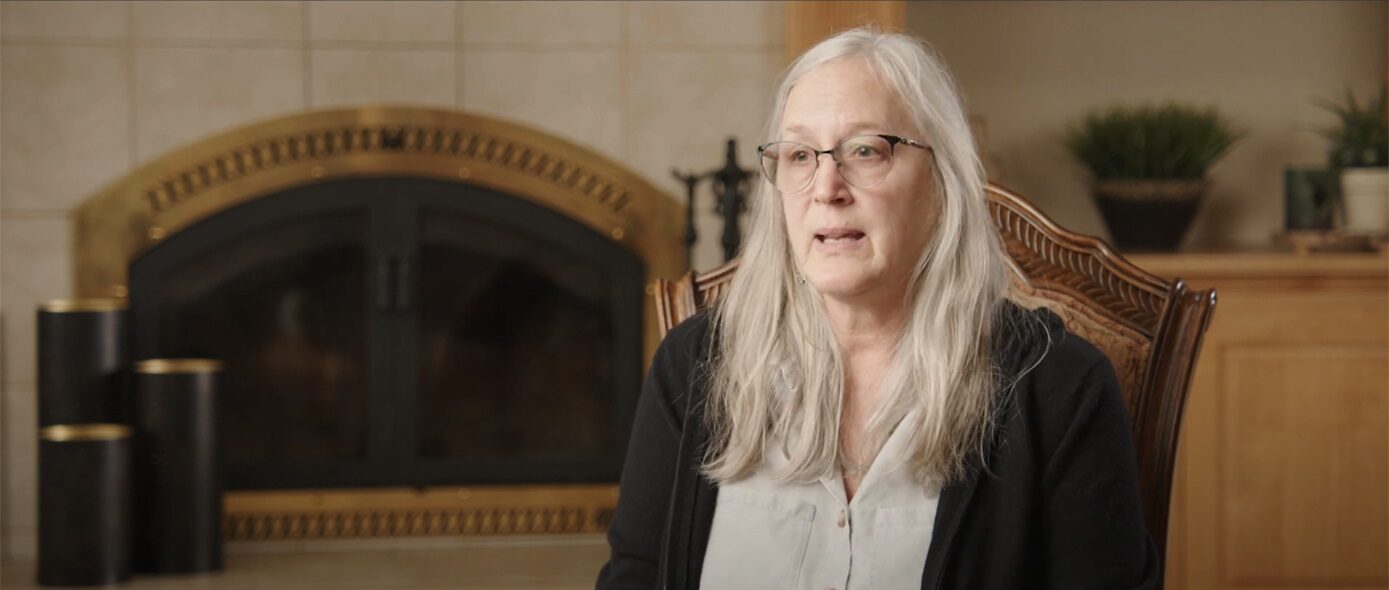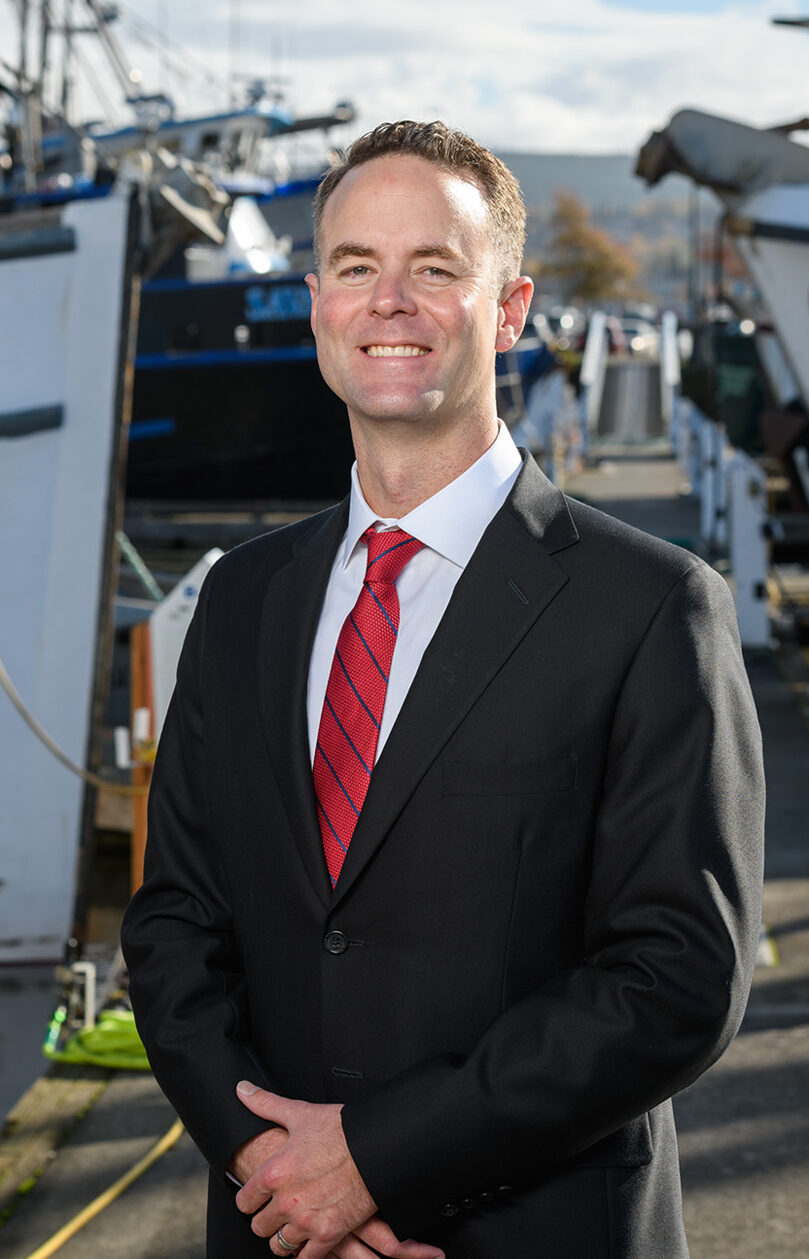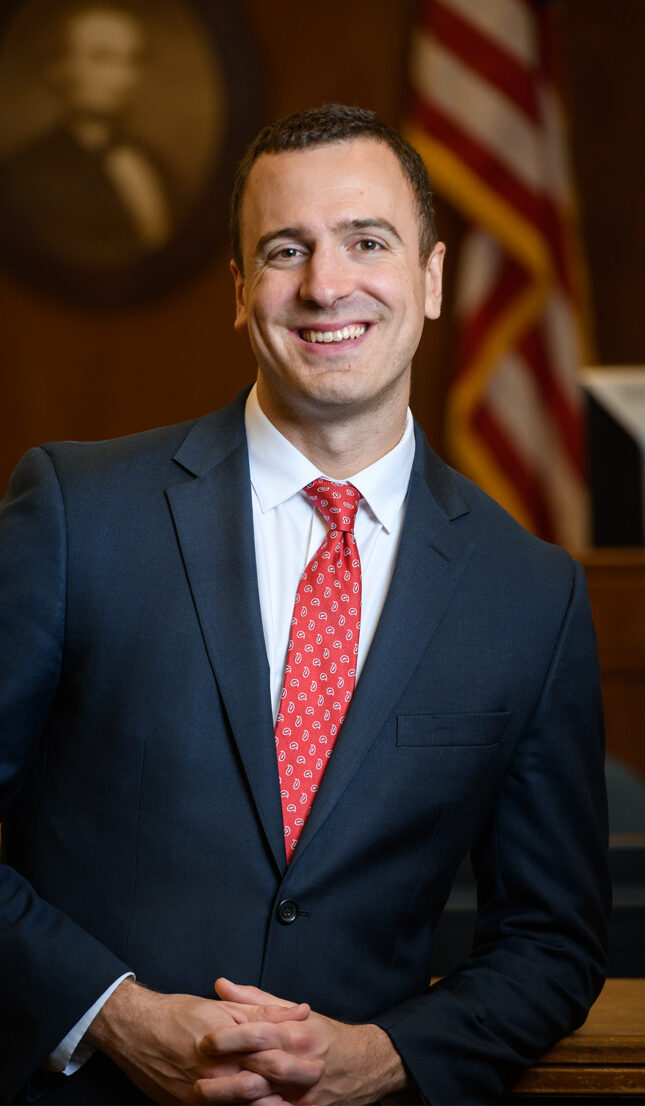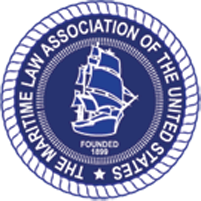The Center for Public Integrity, an investigative news organization based in Washinton, D.C. has published a report on fishing vessel safety issues. The following is excerpted:
Commercial fishing is the deadliest vocation in the United States. Four years running, from 2007 to 2010, the Bureau of Labor Statistics ranked commercial fishing as the most dangerous occupation in the United States. From 2000 to 2010, the industry’s death rate was 31 times greater than the national workplace average.
The U.S. Coast Guard has been granted only spotty powers to safeguard commercial fishing vessels, and the industry, steeped in a tradition of independence on the high seas, has long resisted government intrusion. Yet some longtime fishermen from Alaska to New England agree the federal safety net has left workers vulnerable.
“This has been an industry where there just hasn’t been a vigorous pursuit of safety at the federal level,” said former congressman James Oberstar, who held fishing safety hearings in 2007 as chairman of the Committee on Transportation and Infrastructure.
For decades, safety advocates and government regulators have pushed for mandatory inspections of the often decades-old boats that take to deep water to bring back scallops, fish, squid and lobster.
And for decades, Congress has stood still. Despite the strikingly high death rate among the men and women who live by the boat, the federal government has never required inspections of commercial fishing boats. The Coast Guard performs voluntary exams of safety equipment, and Congress recently acted to make those dockside reviews mandatory. But the law has yet to mandate detailed inspections of the vessels themselves.
“Fishing vessels are uninspected, so the Coast Guard doesn’t have jurisdiction to go on and look at the condition of the vessel. There’s no standards that a fishing vessel has to be built to or maintained to. That’s much different than a ferry or cargo ship,” said Jennifer Lincoln, a NIOSH epidemiologist based in Alaska who leads the agency’s Commercial Fishing Safety Research and Design Program.
“Every time there’s a vessel loss with high numbers of lives lost and the Coast Guard has done an investigation, one of the recommendations that always comes back is that these vessels should be inspected,” Lincoln said. “There’s industry push back: ‘That would be an expensive thing to do.'”
The National Transportation Safety Board has argued for vessel inspections and, in 2010, held a forum on fishing safety. “Fishermen tolerate long absences from home, inhospitable environments, and workplaces that are teeming with heavy, dangerous equipment while constantly in motion,” board member Robert L. Sumwalt III said at the hearing. “For some, the price paid is even higher: hypothermia, loss of limbs, and even death.”
From 2000 to 2010, 545 commercial fishermen died in the U.S., reported NIOSH, part of the Centers for Disease Control and Prevention. More than half of these deaths occurred after a vessel disaster, with boats sometimes swallowed by the sea. Another 30 percent involved fishermen falling overboard. Other deaths came from accidents on board, or while crew were diving or injured on shore.
The Coast Guard’s website includes a Hiscock report, “The Tragedy of Missed Opportunities,” that details failed reform attempts dating years. In 1999, a Coast Guard task force issued Living to Fish, Dying to Fish, a report citing the industry’s high casualty rate and lack of deep reform.
“Despite long-standing recognition of the serious hazards of commercial fishing, a long succession of proposed laws were not enacted,” the report concludes. “Many fishermen accept that fishing is dangerous, and lives are often lost. Many of those harvesting the bounty of our ocean frontier staunchly defend the independent nature of their profession, and vehemently oppose outside interference.”
In 1988, Congress passed the Commercial Fishing Industry Vessel Safety Act, requiring fishing boats to carry survival craft, personal flotation devices and other safety equipment on board.
The regulations went into effect in 1991. A year later, the Coast Guard sought authority to inspect fishing boats. Approval never came.
“Whether the industry was lobbying enough or Congress didn’t see the need for it, we just weren’t given the authority,” said Jack Kemerer, division chief of the U.S. Coast Guard’s Fishing Vessels Division.
Kemerer said the 1988 law and subsequent tweaks have helped drop death tolls from even higher numbers in the 1980s. “There have been improvements based on the law and safety programs and safety initiatives,” he said.
“But,” he added, “fishing still remains the most hazardous occupation in the country.”
In 2007, the House Subcommittee on Coast Guard and Maritime Transportation held hearings, citing a string of tragedies from Alaska to Maine that had taken 22 lives in recent months.
Still, a question begs: If inspections came, who would pay for them in an industry with approximately 20,000 federally documented fishing boats and some 50,000 state registered vessels?
“We’re talking about hundreds of inspectors that would be needed, but right now with the budget climate the way it is, there’s no way we could get the number of inspectors,” said Kemerer. “It would be great to have it. The challenge would be: How do we accomplish it?”
Hiscock, the former House official, questions just how hard the Coast Guard has pushed for a full vessel inspection program. “They’re not up there lobbying for inspections constantly,” he said.
In Alaska, a safety campaign supported by industry helped lower the death totals. There, NIOSH studied the industry’s high fatality rate and focused on the sectors, such as the crab fishery, with the highest numbers. “NIOSH would look at the fishing data for the entire state, and we identified a hazardous fishery and then we worked with the Coast Guard and crab fishermen,” Lincoln explained. “What can we do to prevent these fatalities from happening?”
